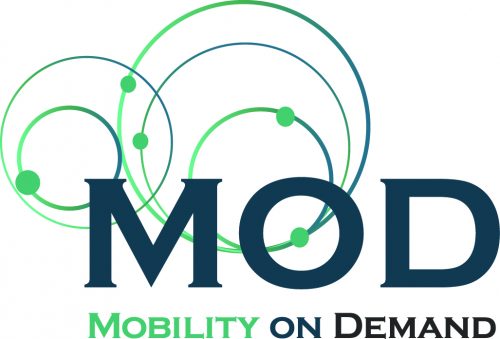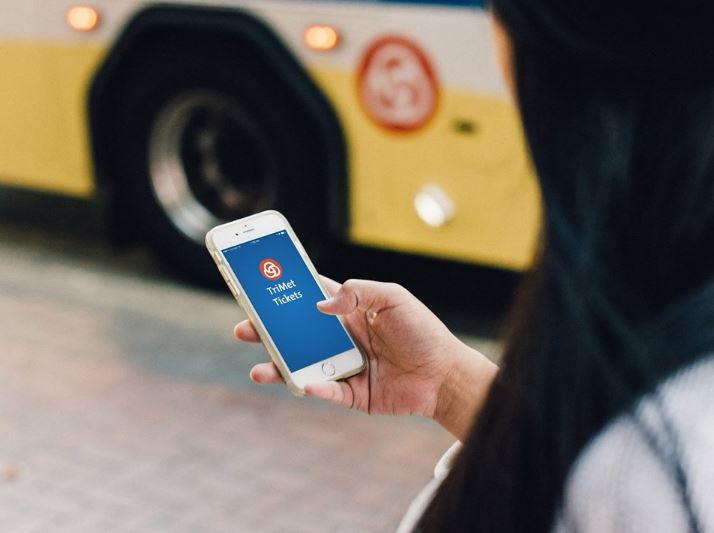At the Federal Transit Administration (FTA), we’re always looking for ways to spur innovation in public transportation. As you read this, transit systems around the country are implementing new ideas and options to make bus, rail, and even on-demand services work better for their customers.
You may have already heard the term Internet of Things, or IoT. In short, the Internet of Things is the revolution of having Internet-connected devices like smartphones integrated into our everyday lives. (You can read a lot more about IoT in FTA’s Report to Congress on the subject!)
The Internet of Things and Transportation
IoT is transforming how we use transportation, and has the potential to bring even more powerful changes. In the summer of 2016, in order to encourage our local partners to use IoT and other new technologies in their systems, FTA launched our first-ever Mobility on Demand (MOD) Sandbox program.
We chose the name “Sandbox” purposefully. The MOD program allows state, local, and tribal transit providers to try new concepts that may be a departure from their usual way of doing business. Each of the 11 selected projects will involve 12-month pilot programs.
Both during and after the pilot, agencies – in conjunction with private and non-profit partners – will gather data, monitor how customers respond, and evaluate whether the project delivers on its goals.
Goals of the program include increased mobility, more efficient service, and improved access for disadvantaged populations, including the elderly, people with disabilities, and people living in rural areas.
What Mobility on Demand Can Do
Anyone who has used private ride-sharing options can appreciate how simple and intuitive it can be to get from A to B. In greater Phoenix, Valley Metro is using an FTA grant to help launch a new version of their Ridekick™ smartphone app to include features like real-time tracking of buses and trains.
The new app will include the ability to seamlessly plan trips on both existing public transportation and alternative options like Uber, Lyft, taxis, and bike-share. By combining every available option, customers will be able to solve first-mile/last-mile issues and reach their destination more comfortably and affordably.
This kind of on-demand service is facilitated by the Internet of Things. By connecting their buses and trains to the Internet and making that information easily accessible, Valley Metro is allowing their customers to make better travel choices.
The Future of Mobility
FTA laid out several key principles when developing the MOD program, based on our vision of locally-driven innovation guided by industry best practices:
- Big Data: Good data is essential to solving all kinds of mobility problems. All of our MOD applicants had to identify what data they planned to collect in order to inform their decisions – before, during, and after their project’s implementation.
- Privacy and Security: Relatedly, it is imperative that data collected by public agencies is used responsibly. MOD applicants also had to identify exactly how they planned to use their data, and ensure safeguarding of users’ personal information. While data about who travels where at what times is immensely valuable for providing better transportation, that personal information must be kept anonymous.
- Openness and Collaboration: However, it also important that data paid for by public agencies is used for public benefit. MOD applications were also evaluated based on how they planned to use their (anonymous) data to benefit the public transit industry as a whole, whether through reporting, analysis, or simply making the data open-source.
Overall, FTA is proud to have the first round of Sandbox projects selected and on their way to launch. Going forward, whether through another round of MOD or other avenues, we intend to continue to promote technology and innovation in public transportation.




